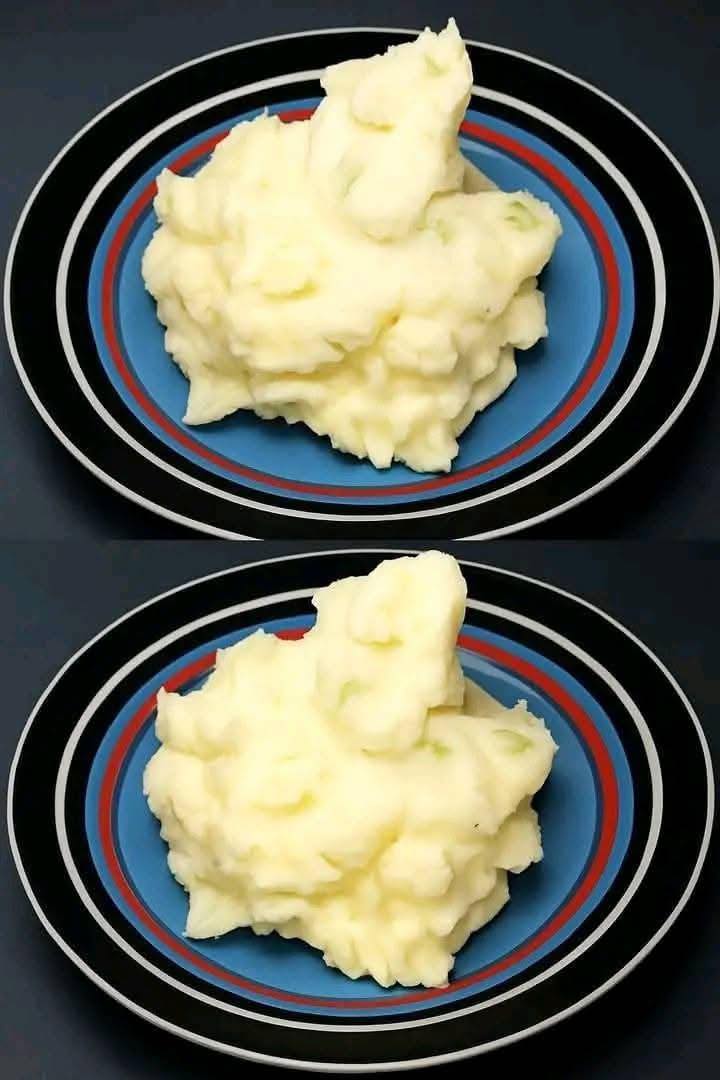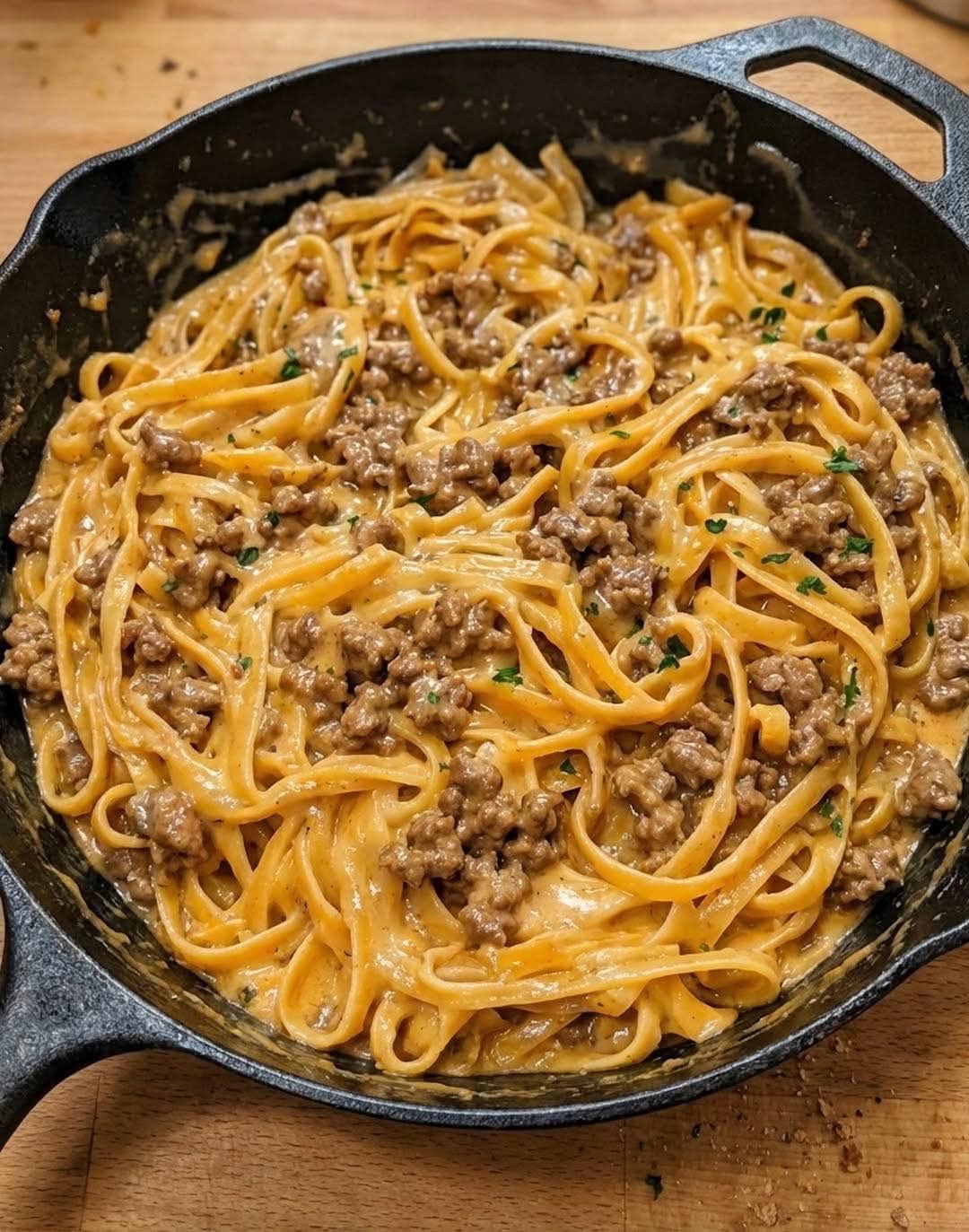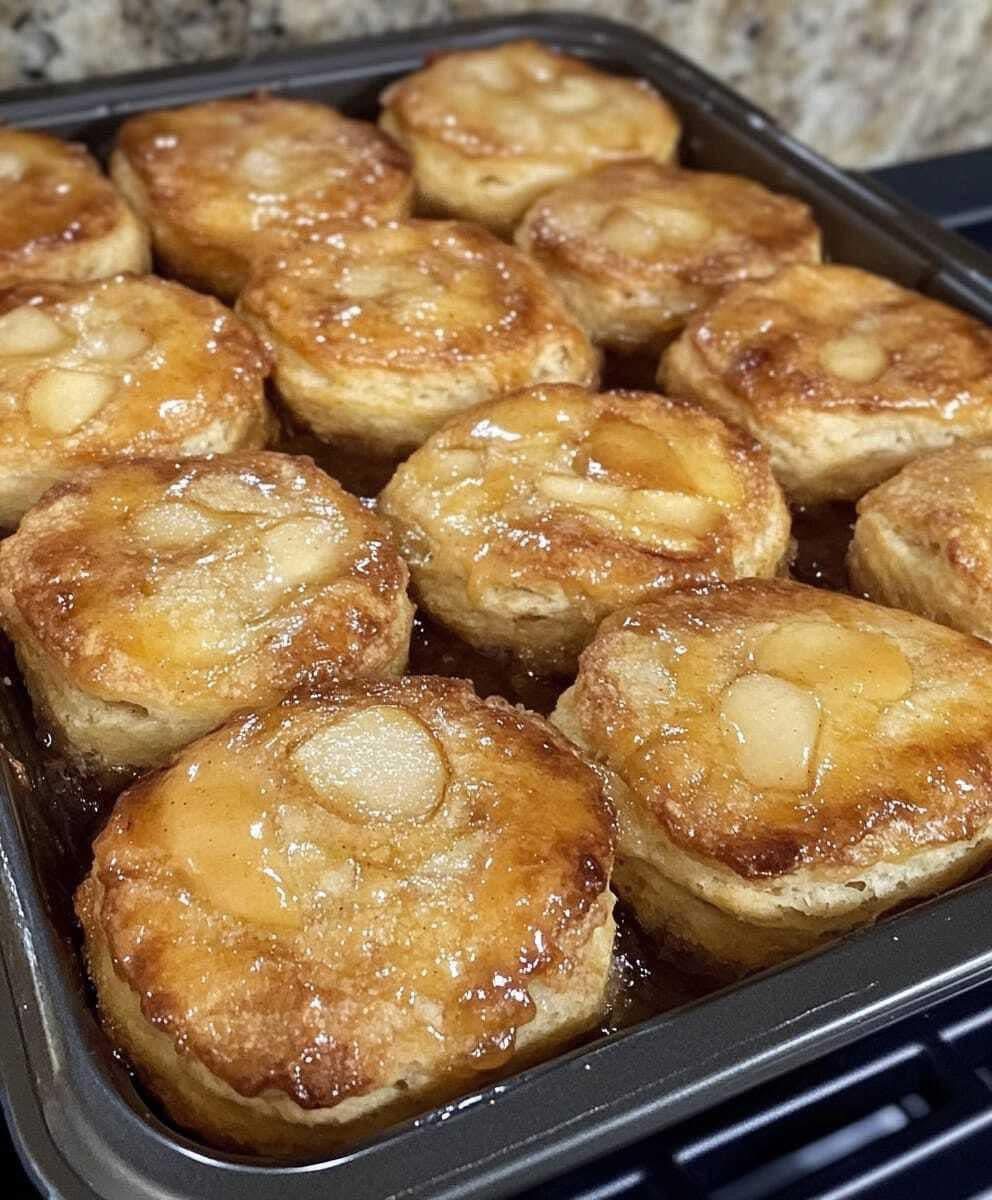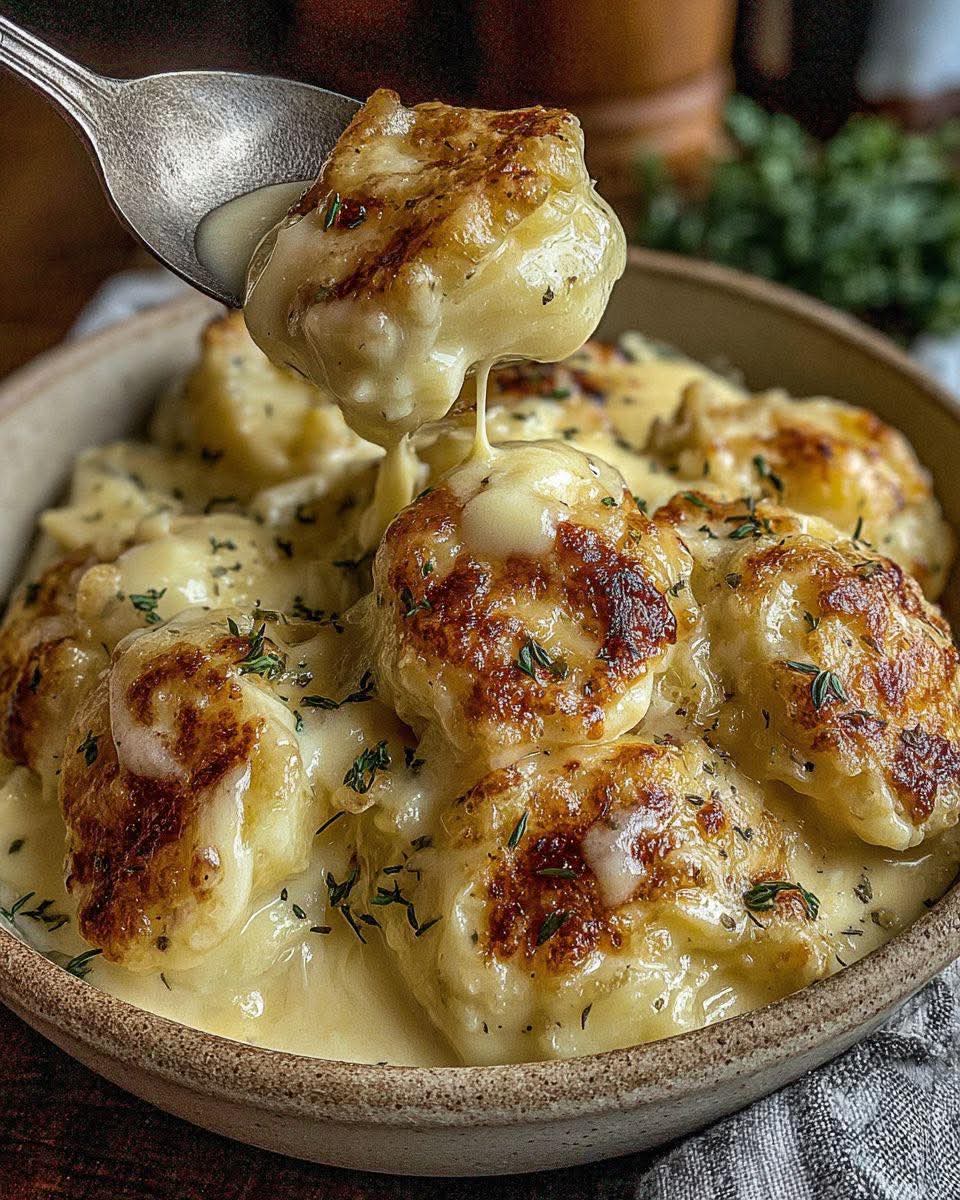The Ultimate Mashed Potatoes Recipe: Creamy, Fluffy, and Full of Flavor
Mashed potatoes are a universal favorite and can be found as the side dish at almost any gathering. They have the ability to transform even the simplest of meals into something special.
But to make the perfect mashed potatoes, there’s an art to it. While you can mash potatoes in several ways, there’s one method that stands out—cooking them in milk rather than water. This simple change will elevate your mashed potatoes to a whole new level of creaminess and flavor.
Ingredients:
2 pounds of Russet or Yukon Gold potatoes (for the creamiest result)
4 cups of whole milk (or more, depending on the consistency you desire)
4 tablespoons of unsalted butter
1/4 cup of heavy cream or half-and-half (optional for extra creaminess)
Salt to taste (about 1 teaspoon)
Freshly ground black pepper to taste
2 cloves of garlic (optional, for flavor)
1-2 sprigs of fresh rosemary or thyme (optional, for added flavor)
Chives or parsley for garnish (optional)
Instructions:
Step 1: Choose and Prepare Your Potatoes
The first step is crucial—selecting the right type of potato. While you can technically use any kind of potato for mashed potatoes, Russet or Yukon Gold are the best choices.
Russet potatoes are starchy, creating a fluffy and smooth texture when mashed. Yukon Golds, on the other hand, have a creamy and buttery consistency that makes them perfect for mashed potatoes without the need for additional butter.
Wash the potatoes thoroughly under cold water to remove any dirt or debris. For Russet potatoes, it’s a good idea to peel them since their skin is thick. Yukon Golds can be mashed with the skin on if you prefer a more rustic texture.
Cut the potatoes into evenly sized cubes (about 1-inch pieces). This ensures the potatoes cook evenly and at the same rate, which reduces cooking time and prevents some pieces from overcooking while others remain underdone.
Step 2: Simmer the Potatoes in Milk
This is where the magic happens. Instead of boiling the potatoes in water, you will simmer them in milk. This method ensures that the potatoes absorb all the creamy flavor as they cook, which results in a velvety smooth mash without the need for excessive butter or cream.
Place your cut potatoes into a large saucepan or pot. Add enough whole milk to cover the potatoes completely. For a more decadent version, you can use half-and-half or heavy cream instead of milk.
Add a pinch of salt to the milk to season the potatoes as they cook. You can also add a couple of garlic cloves (peeled) and fresh rosemary or thyme sprigs for added flavor. Gently simmer the potatoes over medium heat.
Do not boil them, as this could break down the potatoes and make them too watery. Simmering in milk will cook the potatoes slowly and evenly, allowing them to absorb the rich creaminess of the milk.
Step 3: Mash the Potatoes
Once the potatoes are fully cooked and tender (usually after 15–20 minutes), remove them from the heat and drain off any excess liquid. Be sure to reserve a small amount of the milk, as you might want to add it back in for the perfect texture.
Now, it’s time to mash! You can use a traditional potato masher or a hand mixer for a smoother result. If you want a creamier texture, a hand mixer will give you that ultra-smooth, fluffy mash.
Once mashed, add the butter, about 4 tablespoons to start. Stir until the butter is completely incorporated into the mashed potatoes.
This will add richness and flavor. For an extra creamy texture, add a bit of heavy cream or half-and-half—about 1/4 cup should be sufficient.
Step 4: Season and Adjust Texture
Taste your mashed potatoes and adjust the seasoning. Add more salt and freshly ground black pepper to taste. If the mashed potatoes seem too thick, you can add more of the milk/cream mixture to reach your desired consistency.
If they’re too thin, simply mash them a bit more or heat them gently until the excess liquid evaporates.
Step 5: Garnish and Serve
For a final touch, garnish your mashed potatoes with some freshly chopped chives, parsley, or rosemary. These herbs will not only add a beautiful contrast of color but will also provide an extra layer of flavor.
Tips for the Best Mashed Potatoes:
Avoid Over-Mashing: While it might be tempting to keep mashing, over-mashing the potatoes can result in a gluey texture. Mash them just until they’re smooth, and stop once they reach the desired consistency.
Don’t Skip the Simmering in Milk: This is the secret to making mashed potatoes that are rich and flavorful. Boiling them in water doesn’t add any flavor, so simmering in milk ensures that each bite is infused with creamy goodness.
Butter Is Key: While the milk adds creaminess, butter adds richness. Don’t skip this step! The butter helps the potatoes achieve that smooth and indulgent texture.
Cheese It Up: For extra flavor, consider folding in some grated parmesan, cheddar, or cream cheese before serving.
Herbs and Garlic: Experiment with adding garlic powder, rosemary, or thyme for a delicious aromatic infusion. Roasted garlic works especially well.
Use Fresh, Not Frozen Potatoes: For the best flavor and texture, fresh potatoes are always the way to go. Avoid using pre-cooked or frozen potatoes, as they won’t have the same quality.
Storage:
If you have leftovers (which is unlikely with how delicious these mashed potatoes are!), store them in an airtight container in the fridge for up to 3 days. The mashed potatoes can be reheated on the stovetop over low heat, adding a splash of milk or cream to help bring back their creamy consistency.
For longer storage, you can freeze the mashed potatoes. Spoon them into an airtight container or freezer bag and store for up to 3 months. To reheat from frozen, place the mashed potatoes in the fridge overnight to thaw and then reheat on the stovetop or in the microwave.
Serving Suggestions:
Mashed potatoes are an incredibly versatile side dish that pairs well with almost any main course. Serve them alongside:
Roast chicken or turkey for a classic pairing.
Grilled steak or lamb chops for a rich and hearty meal.
Baked salmon for a lighter option.
Vegetable dishes like roasted Brussels sprouts or sautéed green beans for a well-rounded plate.
Gravy or a rich sauce (like mushroom or beef) for added flavor.
You can also serve mashed potatoes as a base for stews, casseroles, or even as a topping for dishes like shepherd’s pie.
Conclusion:
Perfect mashed potatoes are a staple at many dinner tables, and with this recipe, you can take your mashed potatoes from ordinary to extraordinary.
By simmering your potatoes in milk rather than water and adding a bit of cream or butter, you’ll create a creamy, rich, and flavorful mash that will elevate any meal. So, say goodbye to bland, water-boiled potatoes, and get ready to enjoy the creamiest mashed potatoes you’ve ever had!
-
Garlic Butter Beef Pasta
Few dinners hit the sweet spot between comfort, flavor, and ease quite like Garlic Butter Beef Pasta. This dish is rich, creamy, and deeply satisfying, yet simple enough to make on … Read more
-
apple pie biscuits
Here’s a more detailed version of the Apple Pie Biscuits recipe with a total of 17 paragraphs, covering the entire process from introduction to conclusion: Introduction: Apple pie biscuits are … Read more
-
German Cabbage and Dumplings
Few dishes capture the comfort and simplicity of old-world home cooking quite like German Cabbage and Dumplings. This recipe comes from a tradition of making something deeply satisfying out of humble, … Read more



